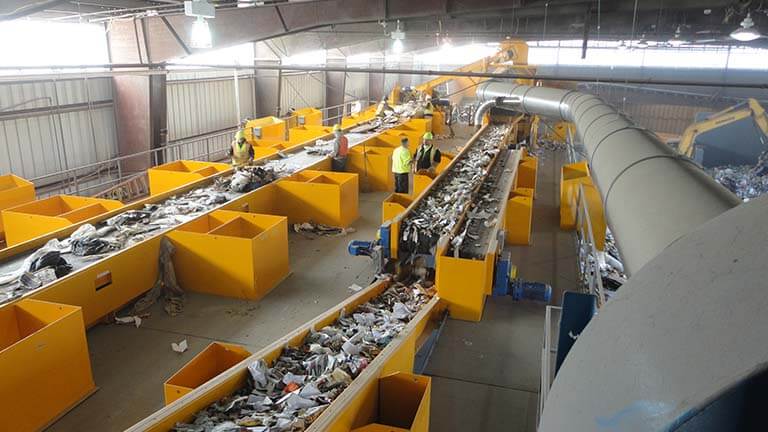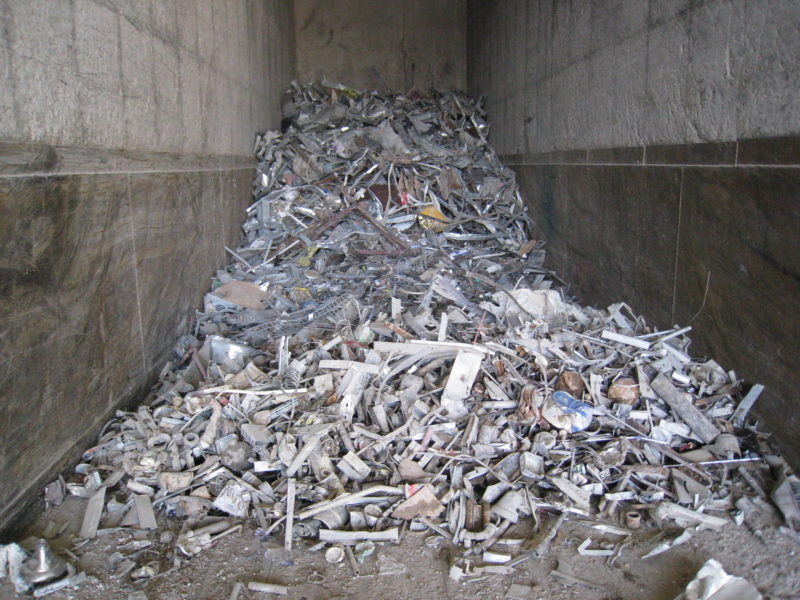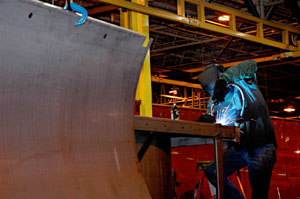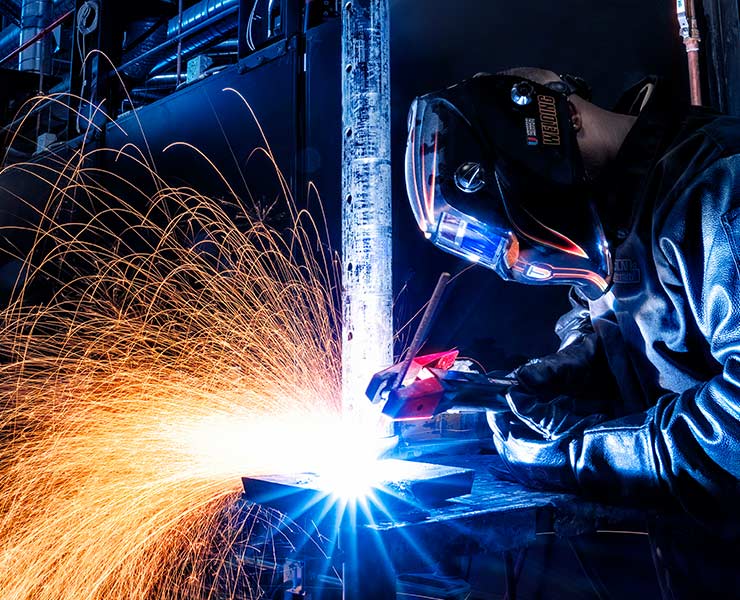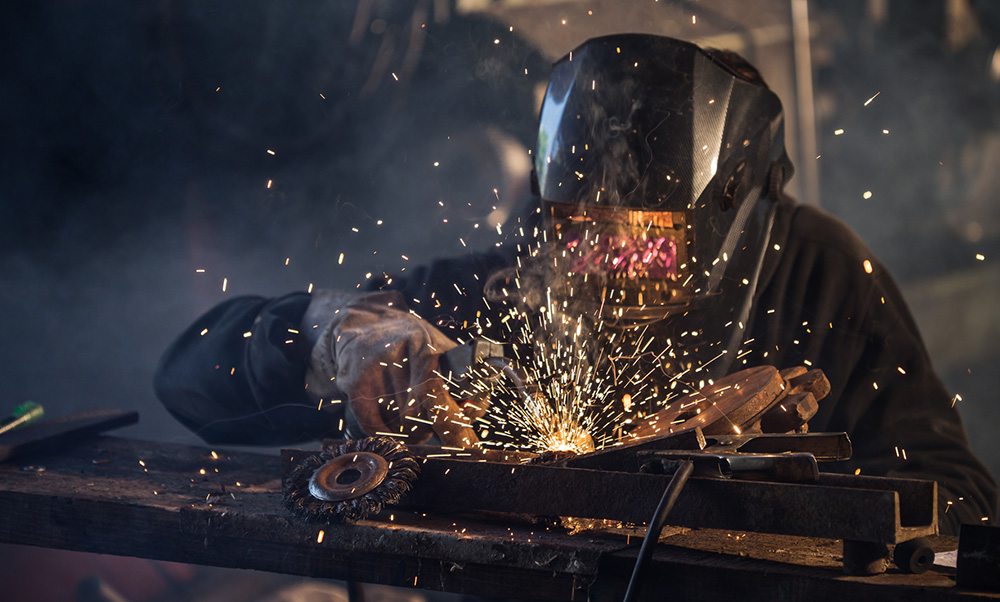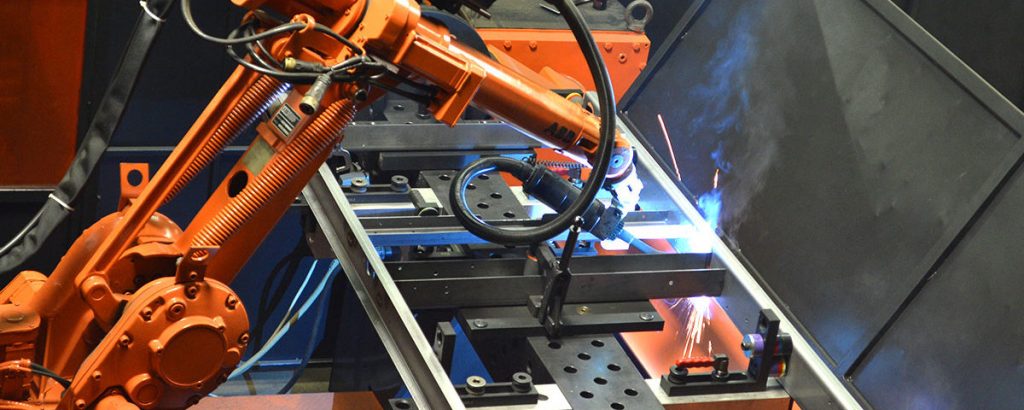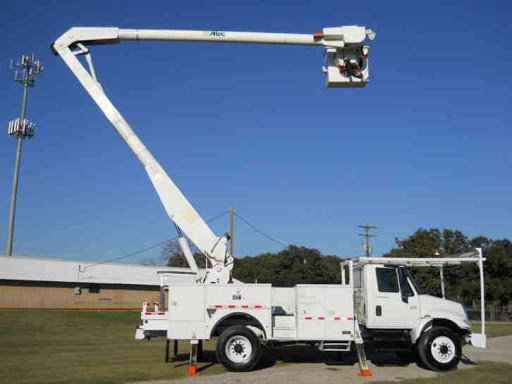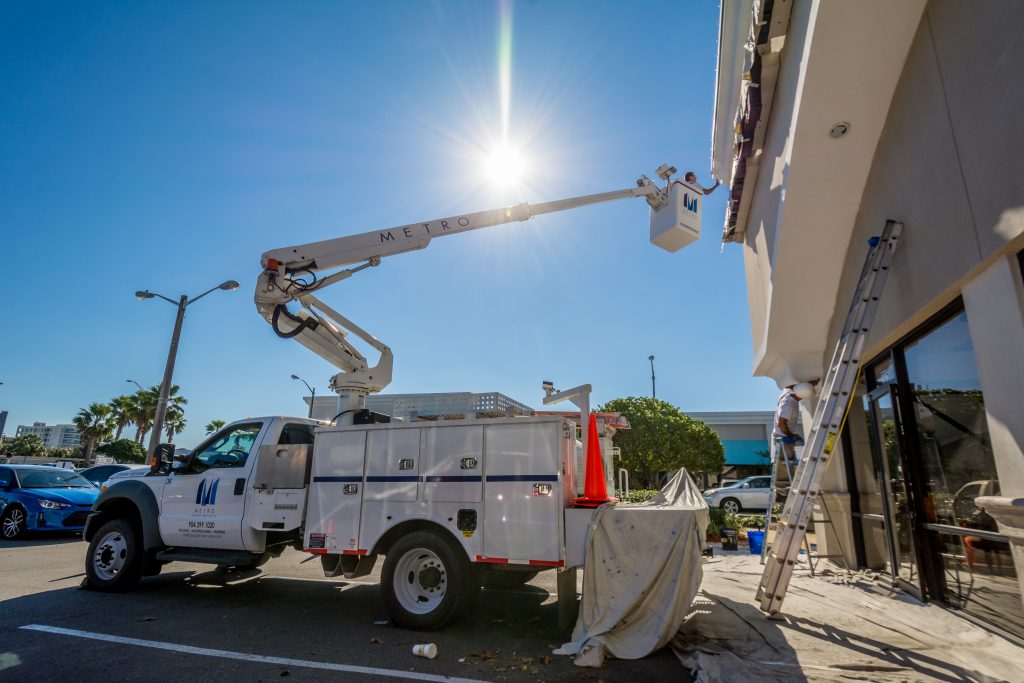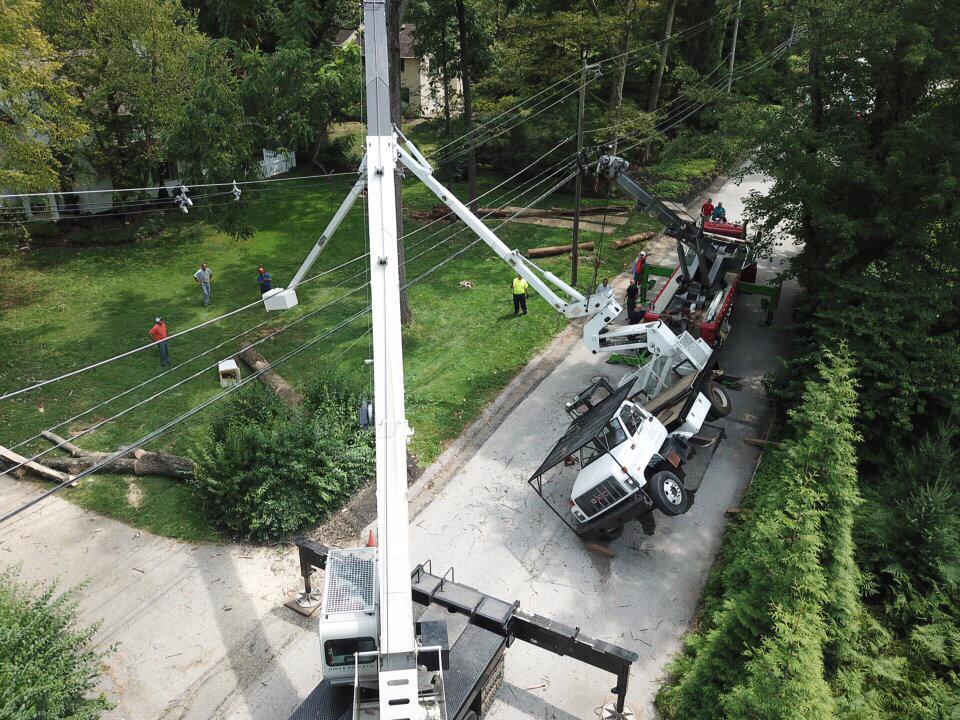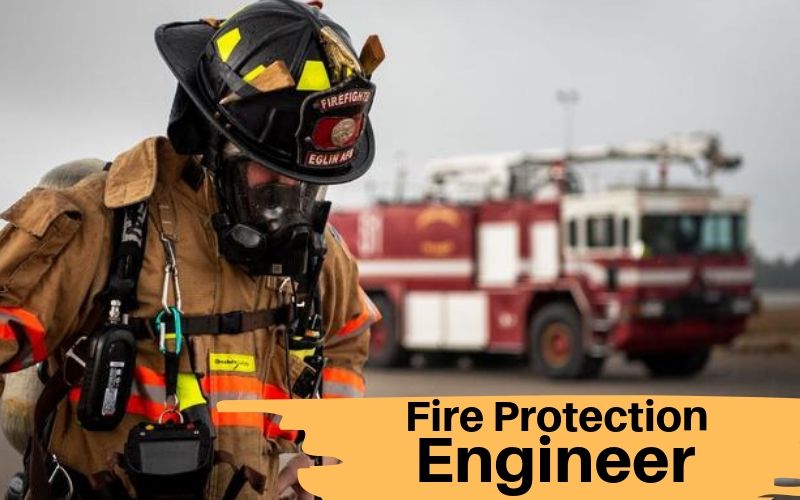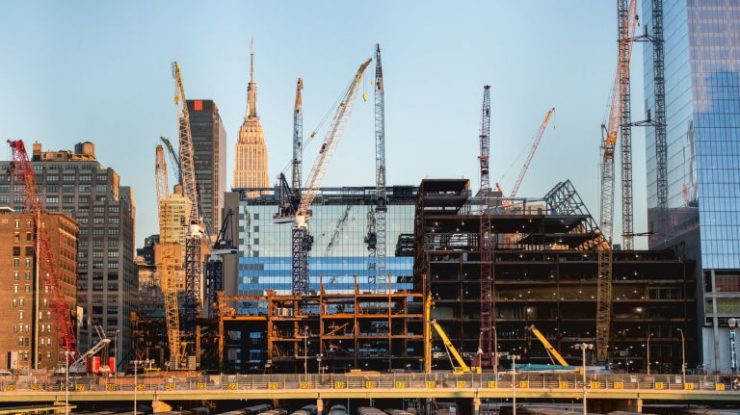
The occupational safety and health administration sets work safety rules for every employer to follow. It is done to certify that the employees are in line with the OSHA regulations. Provided that the rules are followed, a certificate will be issued by a training firm as proof.
When job hunting, you are likely to come around the description that demands OSHA certification. More specifically, the job may specify the certification into OSHA 10 or 30. However, it is a surprise that occupational safety and health administration does not give certification for both OSHA 10 and 30. So to speak, when you see the term OSHA certification, it probably demands that you have up-to-date training as required by OSHA.
Even though it’s wrong to say that one is certified by OSHA, you have to go through the outreach courses for you to be certified. Certification may also be outdated depending on your employer or the state laws. To renew it, you will have to go back to outreach classes and get them updated.
· Understanding OSHA certifications
Provided that a job demands either OSHA10 or OSHA30 certification, you must prove that you completed the outreach training program. Graduates from these programs are given cards depending on duration. Should it be a 10-hour program, you will get the OSHA 10 completion card. The same applies to the 30-hour duration.
Despite all these, OSHA does not approve workers who have gone through 10- or 30-Hour OSHA Outreach training for certification. It claims it to be a voluntary endeavor that does not meet the standard requirements. The standards are the set rules that are put in place for employees. Though there are states that may require one to have the outreach training for employment, it’s sufficed to say that OSHA does not need it. Therefore there is no course in the outreach program that is considered by OSHA as certification.
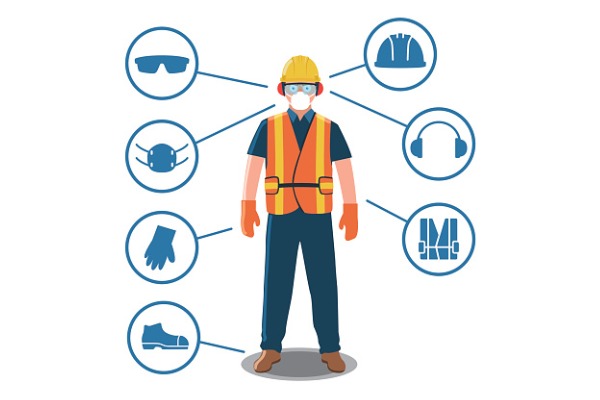
How can I be certified by OSHA?
Even though OSHA does not give certification to workers, it allows for training. It authorizes trainers and courses in various occupational fields. With that said, the closest thing to certification that you can get is the OSHA Outreach training. Upon its completion, you are a given a card. The card is typically generated from the Department of Labor OSHA, and it’s categorized into 10-Hour or 30-Hour card. So as a worker, you don’t even need the DOL card. To be compliant, you should only have the relevant training to stay safe on the worksites.
· Where can I get certification for OSHA?
With all things considered, certification for OSHA is typically indirect. OSHA outreach training programs impart trainers with work safety knowledge and allow private institutions to provide the courses. The criterion also provides a list of trainers on their website, and it can account for online and face to face training. To be OSHA certified, you have to ensure that your course provider is legitimate and has up-to-date authorization.
You must be aware that there are fraudulent parties with the notion to con you. They may either be suspended or revoked by OSHA or even non-authorized. Therefore, You must see it through that you get a trustworthy trainer. Thereon you can choose the training depending on your job certifications’ demand.
· What are the requirements for OSHA certification?
OSHA does not give specifications that address training or certifications for workers. They are not aware of applicable standards in employees’ workplace. Their standards call for employers to train their workers in ways pertinent to their spheres of work. The only needed certification requirement is that; you have your employees trained on how to be safe on worksites in the long run. The training is, however, voluntary and OSHA has specific guidelines for it that should be followed.
· Who are the OSHA outreach courses suitable for?
The outreach courses are classified into different industrial fields. It’s done that way to ensure that you remain relevant to the topics from your worksite. In terms of worth, outreach courses are suitable for building contractors and renovation contractors. To some extent, it is also best for the construction workers.
Getting certified for construction with OSHA is easy. The course is even presented in multiple languages. Additionally, maritime OSHA certification is also available. It’s ideal for those that work in shipyards, ferry terminals, and longshoring departments.
OSHA outreach courses are also ideal for the general industry. They cover vast fields ranging from manufacturing, healthcare, and warehousing. To be certified in these fields, you should pay attention to the relevant courses at hand. Despite all these, some low-risk industries are not strict on the OSHA outreach courses.
It is, therefore, an optional, or rather say a voluntary approach. You should check with your employer and see their requirements. If it is needed, you can commence the learning process. Nonetheless, having OSHA certification can ultimately color your resume. It will give you higher chances of securing job shots. As per my opinion going for the outreach, the course is a wise move and decision.
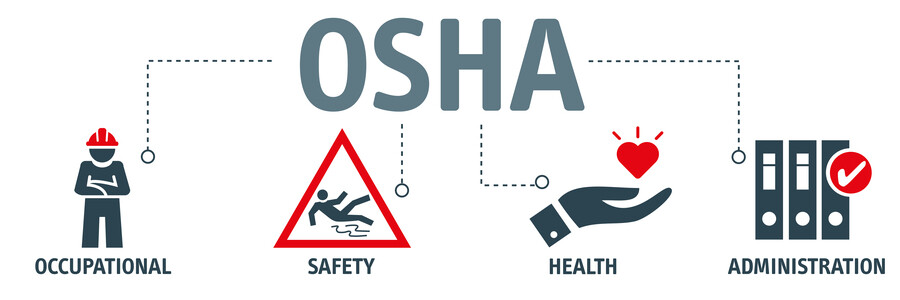
What’s OSHA 10 or OSHA 30, and what’s best?
Despite where your worksite falls, there is a pending choice on the outreach course. That is either the 10 hour or 30 hour OSHA course. The DOL card issued for OSHA 10 can suffice if you are not supervising other employees. Thence it’s limited to functionality.
The course is usually 10 hours, but breaks are a mandate. Since there are breaks, the course can take up to 2 days. The DOL for OSHA30, on the other hand, is vital if you have supervisory tasks. It’s best for project administrators, engineers, safety specialists, and site leaders. Longer durations are due to the need for supervisors to comprehend the safety regulations. The course can last for four or even more days.
What does OSHA 10 and OSHA 30 certification cover for?
You will not encounter the specifications for OSHA certification, but it’s wise for you to know what they entail. The programs elucidate the workers’ rights and the employer’s responsibility under OSHA. It further explains how to file a complaint.
To be precise, as aforementioned, the OSHA 10 program is a program designed for workers, and it covers the safety concerns among regular workers. On the other hand, OSHA 30 is meant for supervisors and instructors. However, there may be variations depending on the general industry. In those cases, you can get both of the courses tailored to everyone.
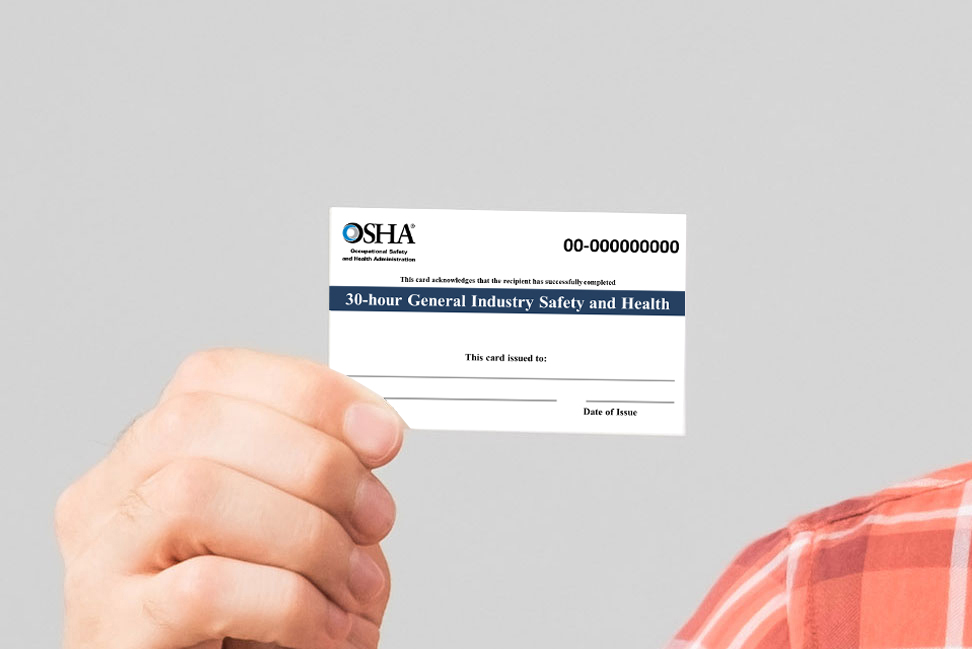
Do I Need A Department of Labor OSHA Card?
The DOL card is always issued to individuals after completion of the outreach certification course. It’s sufficed to be portrayed as a certificate. The card is official, and it’s vital in adding value to your resume. To date, it’s prominently growing as a primary job requirement. To get a job at an oil rig and government worksites, it’s a must that you have the card. The trend also applies to New York.
An authorized outreach course only is the only way for one to get the card, and so to speak, there are a few providers. Therefore, it will help if you register with a faculty approved by the labor department when enrolling for the outreach course. If in doubt, you should consult directly with your employers. You may also do research concerning state laws on OSHA training and labor cards.
Understanding OSHA Certification and Certificates
Despite the similar-sounding of the words certification and certificates, OSHA sees them differently. The certificates are issued the moment that you are done with the outreach course. However, they are temporary since they are just placeholders for the DOL card.
Having an OSHA certificate or DOL card does not mean you are certified. Certification is verified from the students’ mastery of the latest outreach course. The courses are meant to train students on new changes and evaluate their skills and knowledge.
How frequent and when do I have to get OSHA certified.
The OSHA training mandate has frequencies attached to every topic. Despite that, the DOL CARD that you get from the outreach training has no federal expiration. It’s therefore justified to say that your certification is up to the law. When the state or law demands the DOL, its jurisdictions will elucidate how recent it should be.
You may also go for new certification if your employer requires it. The desired outcome is usually to refresh new employees and add some new knowledge to their repertoire. With all things considered, it’s an industrial call for you to go for certification, and it’s usually after every two years from the last outreach.

Can You Add The OSHA Certification To Your CV?
OSHA disregards the outreach courses as certifications. However, employers always search for the outreach courses in your resume. When writing a resume, it would help if you include the outreach courses in the certifications zone. However, you have to fill them in as course titles. You can also include the DOL card if you have completed the outreach course.
· Ways in which your faculty can be certified by OSHA
1. Schedule inspections with OSHA consultants
For faculty certification, you have to Contact the OSHA department in your location. Thereon you can schedule an inspection meeting with the consultant. The consultant will accompany you to the workplace and evaluate both environmental and also mechanical hazards. Through inspection, anything that violates OSHA rules can be well outlined. Furthermore, the consultant will review your workplace safety program then talk to the employee on the most observable hazards.
2. Rectify the problems outlined by the inspector
Since everything that is outlined violates the OSHA regulations, it will be wise if rectifications are done. OSHA will establish guidelines for employees’ safety and protection in their workplace. Further rectifications can also be done through writing safety rules and talking the implemented safety policies to employees. To some extent, OSHA outreach training can also be conducted for employees.
3. Abate the company injuries
Lowering injuries in the workplace below the national average value is vital to get certified. OSHA has double stands for evaluating this. The first one usually involves calculating the number of days workers are on restricted duty due to the effects related to the injuries. The other one is the recorded number of injuries within your company.
After you have followed all the safety regulations and minimized injuries, you can contact an OSHA consultant for re-evaluation. If everything is in line, the consultant will recommend you to OSHA managers and the state government for a SHARP certificate.
The benefits of being certified by OSHA
· It Improves Your Resume
After you have completed the training, you can update your resume and add your newly acquired skills. It’s ideal for most job seekers since it’s a quick way of telling your employers about the benefits and differences you will make. To some extent, it may help employees boost the company’s reputation.
· It’s a guarantee for a Safe Work Environment.
Completing the OSHA outreach training is key to building safe surroundings for other employees and improving their general and physical health. In short, this training is all about boosting workers’ morale in the long run and also motivates them to be much more productive. It also intends to promote consistency in work attendance since safe health is covered for. In fact company’s that are compliant with OSHA have little to none work-related injuries or even ailments.
· Increased Work Opportunities
Being OSHA certified opens more doors for work opportunities and even takes its reputation to the next level. You can be a valuable asset in the safety group committee that educates other staff on the safety practices. Moreover, being certified can make a positive difference in your career by providing new jobs or even grant you promotions to the next rank that you desired.
In retrospect, being certified by OSHA comes indirectly. It’s presented in OSHA outreach courses, which can be done either online or even face to face. However, the four days that the course may take are worth positively changing your entire career. So if you come across the term OSHA certification, you should not be alarmed at all. It is all about having the latest OSHA outreach education.
